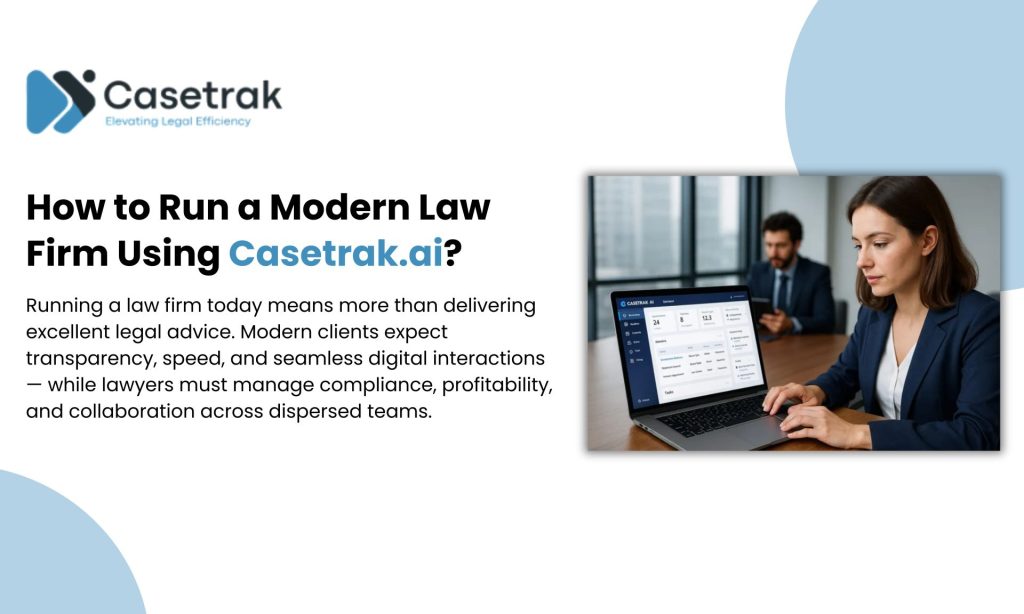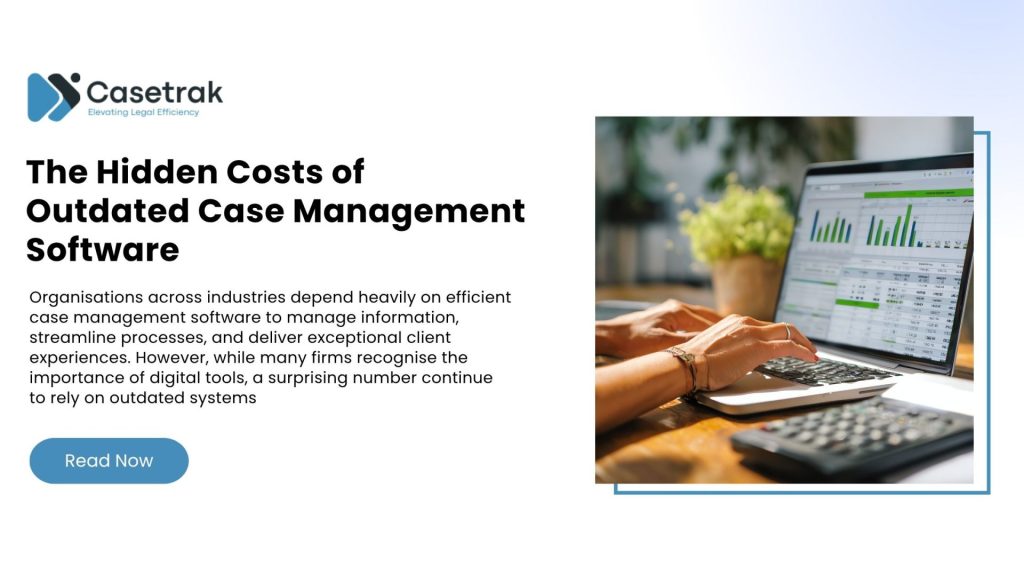In today’s fast-paced legal environment, managing multiple cases efficiently has become increasingly challenging. The pressure to deliver accurate, timely outcomes while handling a mountain of administrative tasks can overwhelm even the most organised law firms. Fortunately, technology offers a solution: legal workflow automation. But many firms hesitate, fearing they might lose control over crucial aspects of case management. This article will guide you on how to automate your legal case management processes without losing control—ensuring that your firm benefits from greater efficiency while maintaining precision, compliance, and a personal touch. What is Legal Workflow Automation? Legal workflow automation refers to using technology to streamline repetitive and time-consuming legal processes. This involves automating tasks such as document management, scheduling, client communications, billing, and case updates. By implementing automation tools, firms can create structured workflows that improve accuracy, reduce human error, and free up valuable time for higher-level strategic activities. Rather than replacing legal professionals, legal workflow automation supports them by handling routine tasks, enabling them to focus on more complex legal work that demands critical thinking and personal judgement. Why Firms Fear Losing Control Over Automation? Before embracing legal workflow automation, many law firms experience concerns, including: These concerns are valid—but with the right strategy, they can be easily addressed and overcome. The Benefits of Legal Workflow Automation When done correctly, legal workflow automation offers significant benefits: 1. Increased Efficiency and Productivity Automating routine tasks such as document creation, case updates, and appointment reminders significantly reduces the administrative burden on legal teams. Staff can focus on higher-value activities, improving overall productivity. 2. Improved Accuracy and Compliance Automation minimises human error by ensuring that standardised procedures are followed. Automated systems can also be programmed to ensure regulatory compliance, flagging any inconsistencies or missing data before they become major issues. 3. Better Client Communication Using automated messaging tools, law firms can keep clients informed at every stage of their case. Scheduled updates, reminders, and document sharing become seamless, leading to improved client satisfaction. 4. Enhanced Case Visibility and Control Dashboards and case management portals give legal teams real-time insights into case progress, deadlines, and responsibilities. This transparency ensures no tasks are overlooked and that managers retain full control over the workflow. 5. Cost Savings By reducing the need for manual labour, firms can save on operational costs, allocating resources more effectively and improving their bottom line. Steps to Automate Legal Case Management Without Losing Control Successfully adopting legal workflow automation without sacrificing control requires a structured approach. Here’s how: Step 1: Identify Repetitive Tasks Suitable for Automation Begin by mapping out your current workflows. Identify tasks that are: Common examples include client onboarding, document generation, appointment scheduling, and billing. Step 2: Choose the Right Legal Workflow Automation Tools Not all automation tools are created equal. Select software designed specifically for the legal industry, which offers features such as: Examples of leading legal workflow automation tools include Clio, PracticePanther, and LEAP. When evaluating tools, ensure they offer robust reporting features, real-time dashboards, and audit trails to maintain oversight at every stage. Step 3: Involve Your Team Early Automation initiatives succeed when staff members feel engaged and valued. Before implementing new systems: This collaborative approach not only eases the transition but also highlights any areas that require special handling to avoid losing control. Step 4: Customise Workflows to Your Practice Every law firm has unique needs based on its specialisations, client base, and internal culture. Customise your automated workflows to reflect: Customisation ensures that automation supports your existing processes rather than disrupting them. Step 5: Maintain Human Touchpoints Automation should enhance—not replace—human interactions. Strategically place human touchpoints in automated workflows, such as: Maintaining human oversight at strategic points preserves the personal service clients expect. Step 6: Monitor, Measure, and Improve Set Key Performance Indicators (KPIs) to measure the success of your automated processes. Regularly review data on: Use this data to refine workflows, fix bottlenecks, and enhance efficiency—while maintaining full visibility and control over operations. Common Mistakes to Avoid When Implementing Legal Workflow Automation To automate successfully without losing control, avoid these common pitfalls: Mistake 1: Automating Everything Not every task should be automated. Strategic judgement, negotiation, and nuanced client communications require a human touch. Mistake 2: Poor Planning Jumping into automation without a clear plan can create chaos. Proper workflow mapping, team involvement, and tool selection are essential steps. Mistake 3: Lack of Training Even the best tools are ineffective if your team is not properly trained. Invest in comprehensive training programmes and provide ongoing support. Mistake 4: Ignoring Compliance Automation should enhance compliance, not endanger it. Select tools that offer built-in compliance features and regularly review processes to ensure regulatory standards are upheld. Future of Legal Workflow Automation The legal sector’s future will be heavily influenced by advanced legal workflow automation technologies. Innovations on the horizon include: These technologies promise even greater efficiency, accuracy, and insight—provided they are adopted thoughtfully, without sacrificing human oversight and client relationships. Conclusion Legal firms that embrace legal workflow automation without fear of losing control stand to gain a significant competitive advantage. By automating repetitive tasks, enhancing compliance, improving client service, and maintaining strategic human oversight, law firms can achieve operational excellence while delivering the personal service clients expect. The key is to approach automation methodically: identify appropriate tasks, choose the right tools, involve your team, customise workflows, and monitor performance continuously. Done well, automation becomes a powerful ally—freeing up your team to focus on what matters most: delivering exceptional legal outcomes. In today’s digital-first world, staying ahead means working smarter, not harder. With careful planning and execution, legal workflow automation can transform your practice, improve client satisfaction, and future-proof your firm without ever losing the control you value so highly.





